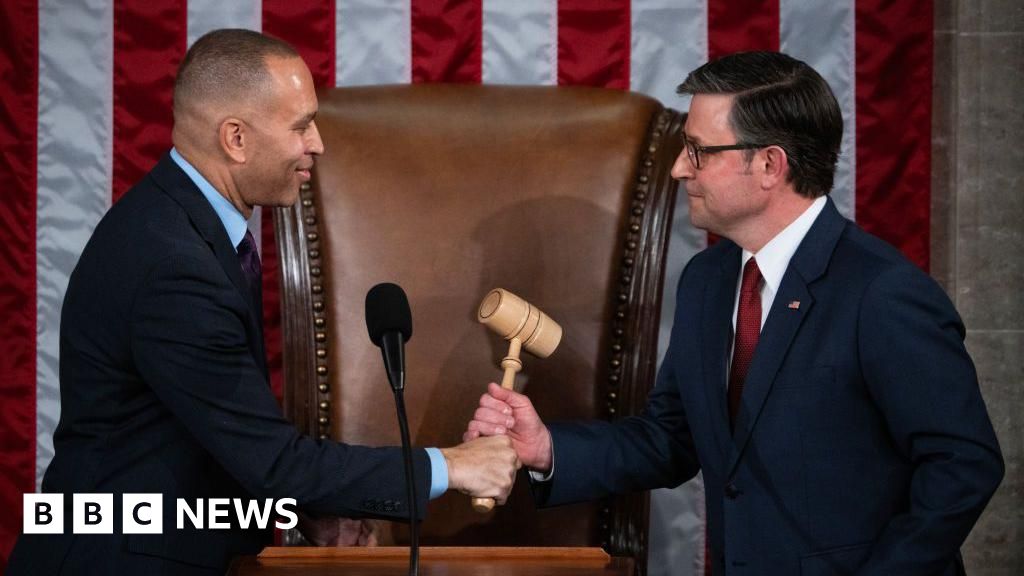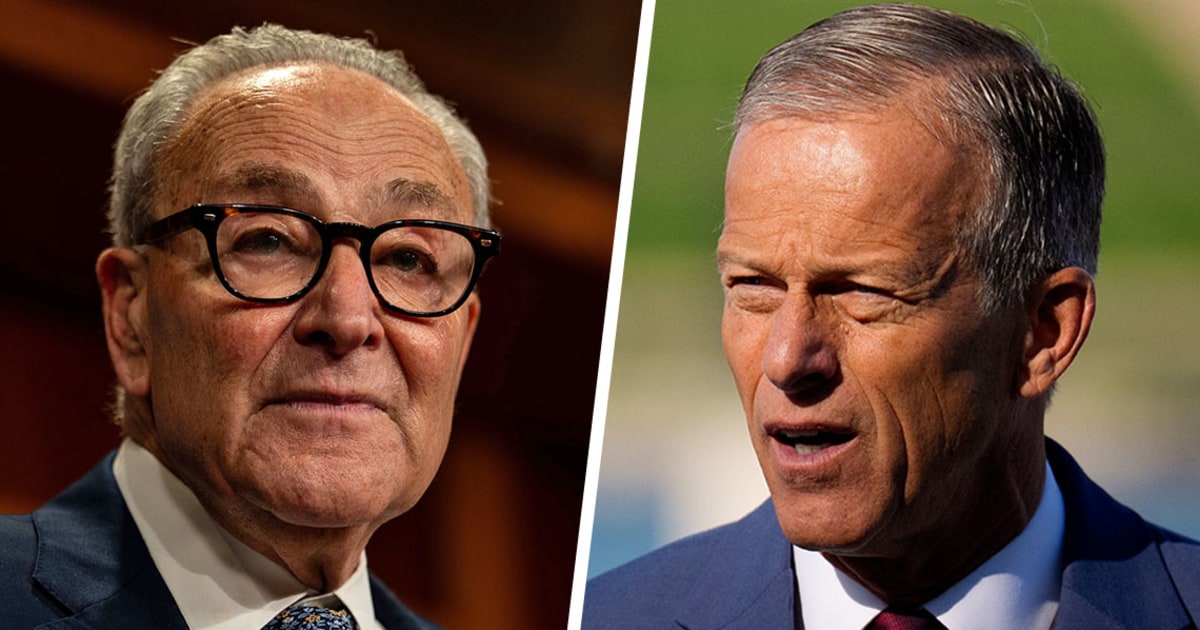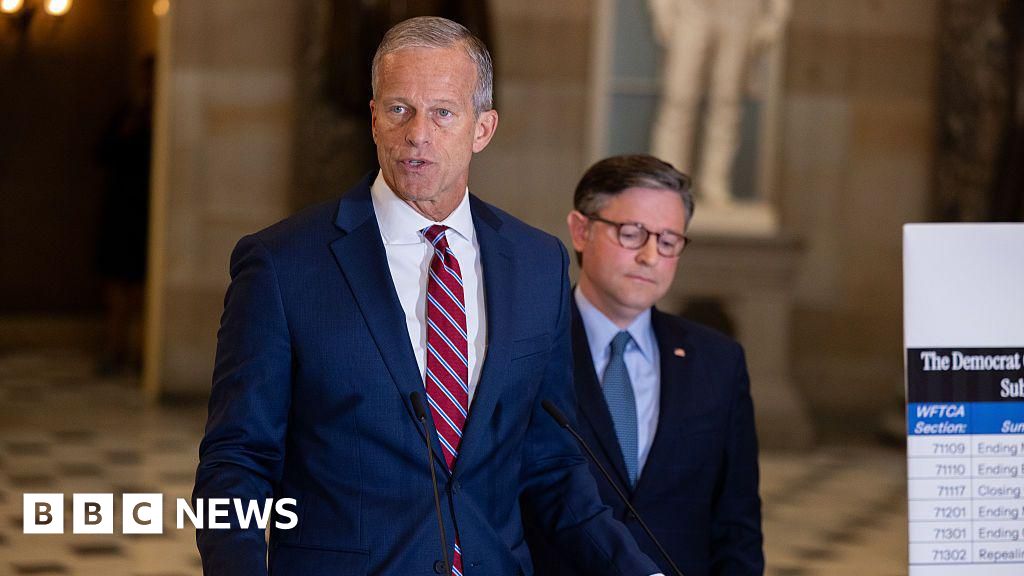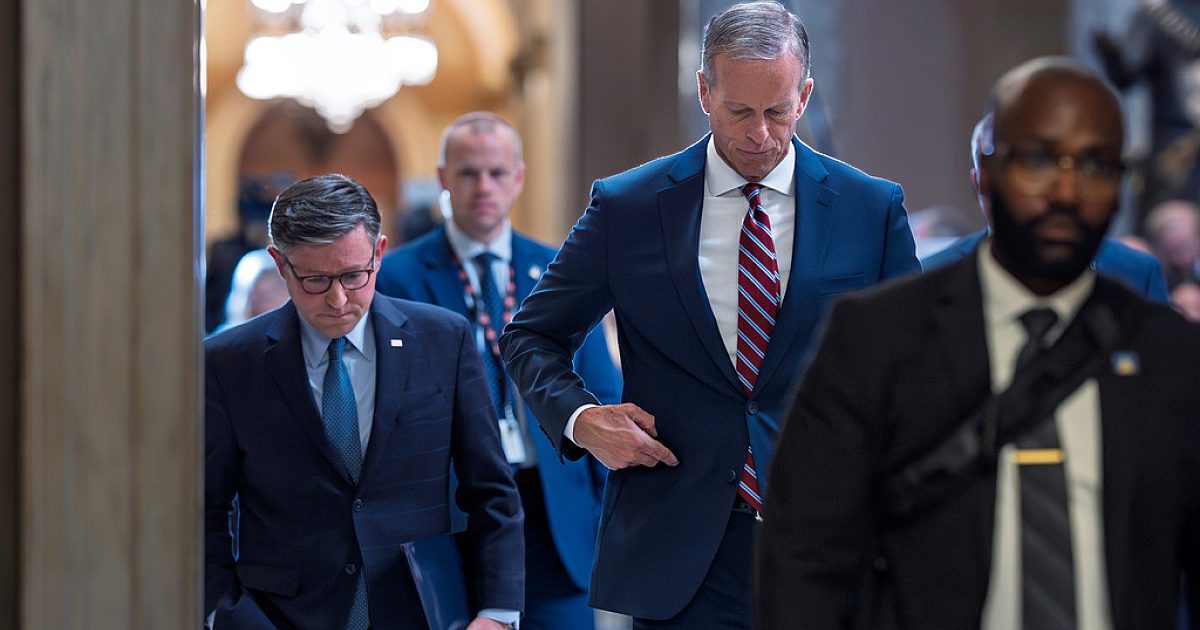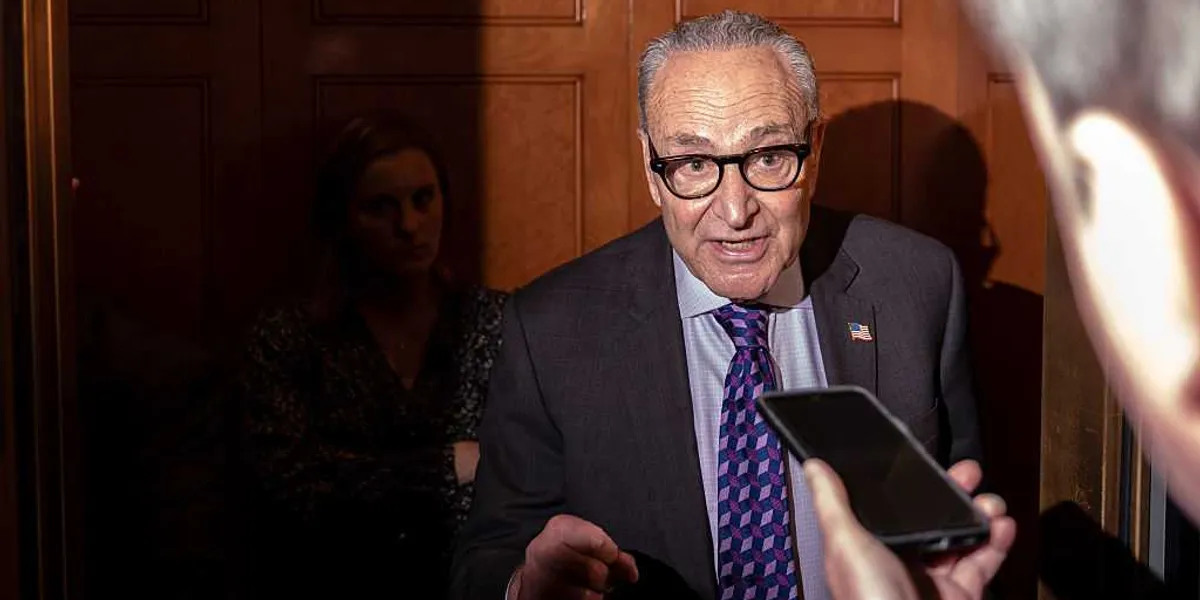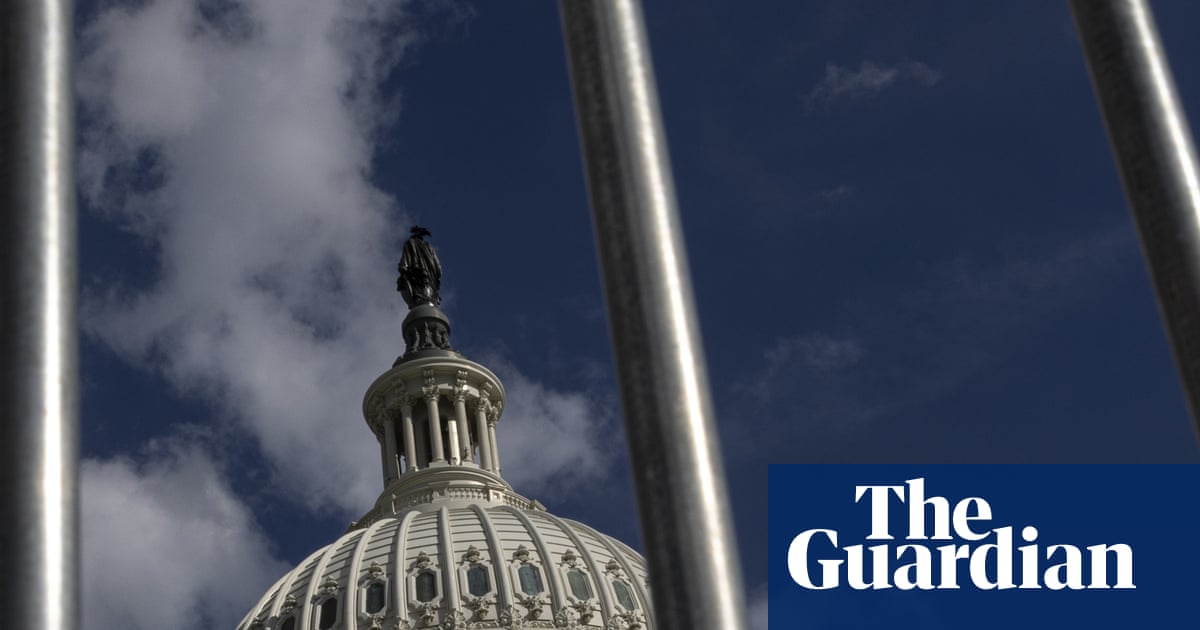Healthcare Standoff Fuels Prolonged US Government Shutdown Amidst Blame Game
US government shutdown persists amid legislative deadlock, as leaders blame each other over funding and healthcare subsidies, impacting federal workers and the economy.
Subscribe to unlock this story
We really don't like cutting you off, but you've reached your monthly limit. At just $5/month, subscriptions are how we keep this project going. Start your free 7-day trial today!
Get StartedHave an account? Sign in
Overview
- The US government shutdown continues due to a legislative impasse, with Democrats demanding renewed health insurance subsidies and President Trump aiming to maintain current spending levels.
- Congressional leaders, including Schumer and House Speaker Mike Johnson, are deadlocked, accusing each other of not being serious about negotiating the critical healthcare issue.
- A bill to fund the government passed the House but has repeatedly failed in the Senate, as Democrats oppose it in favor of a separate measure.
- Nearly 750,000 federal workers face furloughs, uncertainty, and the threat of permanent job loss, with President Trump considering job cuts for budget control.
- The ongoing shutdown is causing severe economic consequences, including slowed hiring, high inflation, and potential weekly GDP losses, while millions face increased healthcare costs.
Report issue

Read both sides in 5 minutes each day
Analysis
Center-leaning sources cover the government shutdown neutrally, presenting both Democratic and Republican perspectives on the deadlock and healthcare funding. They attribute blame equally to both parties based on polling data and include fact-checking to clarify contentious claims. The reporting focuses on factual developments and direct quotes from leaders without editorializing.
Articles (24)
Center (6)
FAQ
The shutdown is due to a legislative deadlock mainly over healthcare funding, with Democrats demanding the extension of enhanced Affordable Care Act (ACA) subsidies and Republicans insisting on a clean funding bill without these subsidies.
Nearly 750,000 federal workers face furloughs, working without pay or job uncertainty, with the risk of permanent job loss as President Trump is considering cuts for budget control.
The shutdown is causing economic slowdowns including slower hiring, higher inflation, potential weekly GDP losses, and increased healthcare costs for millions due to lapsing subsidies.
Payments for Medicare and Medicaid continue during the shutdown as they are funded outside the annual appropriations process, but some Medicaid cuts have taken effect and certain beneficial policies have expired, pending possible retroactive legislative fixes.
The House passed a continuing resolution to fund government operations through November 21, 2025, but the Senate has repeatedly failed to pass it due to opposition from Democrats over healthcare subsidies; Democrats have blocked funding extensions that do not include subsidy preservation.
History
- 1M

 5 articles
5 articles
- 1M

 3 articles
3 articles
- 1M

 4 articles
4 articles
- 1M

 8 articles
8 articles
